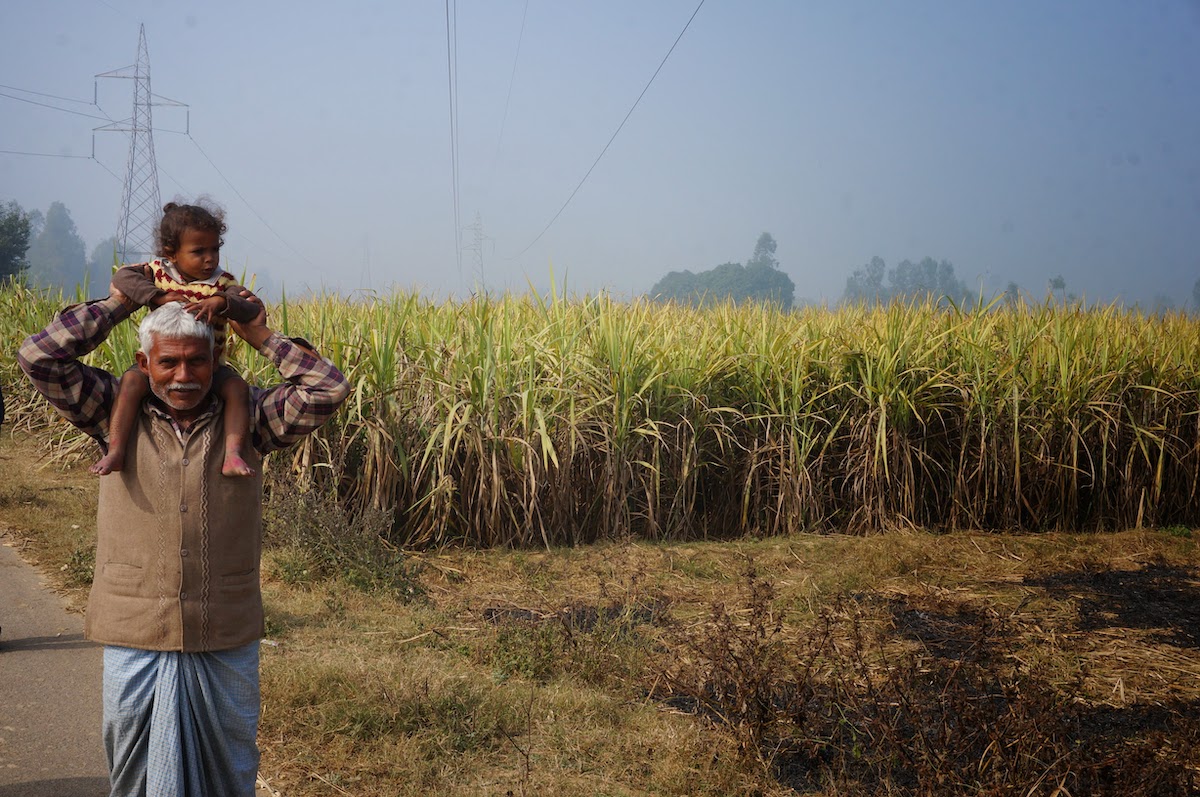- Originally published in: Ideas for India
- Authors: Payal Hathi and Nikhil Srivastav
---
India’s Swachh Bharat Mission (SBM) began in 2014 with the ambitious goal of bringing widespread open defecation (OD) down from close to 70% of rural Indians to zero by 2019. The National Rural Sanitation Survey (NARSS), conducted by the Ministry of Drinking Water and Sanitation (MoDWS) and funded by the World Bank, found that as of March 2018, 77% of rural households had access to toilets, and that 93.4% of individuals in those households use their latrines regularly. To demonstrate the accuracy of these figures, the MoDWS often compares these numbers to a second national survey conducted in 2017 by the Quality Council of India, a society created by the Government of India, which also found similar access levels (63%) and usage levels above 90% (Livemint, 2017, Kattakayam 2017). Ministry officials have pointed out that both survey’s figures are similar to the figures in the MoDWS’ Management Information System (MIS) (Joshi 2018).
In a country that has struggled for decades to address poor sanitation, the director of SBM recently stated that “sanitation coverage in rural India has more than doubled” between the start of SBM in 2014 and today (Joshi 2018). Similarly, the Secretary of the MoDWS said that India is 11 years ahead of schedule to fulfill its share of meeting the UN’s (United Nations) Sustainable Development Goal on sanitation. Ordinarily, such success would be cause for celebration. Unfortunately, there is no up-to-date, independent measurement of OD in rural India against which to measure these reports.
Read the full article here.

